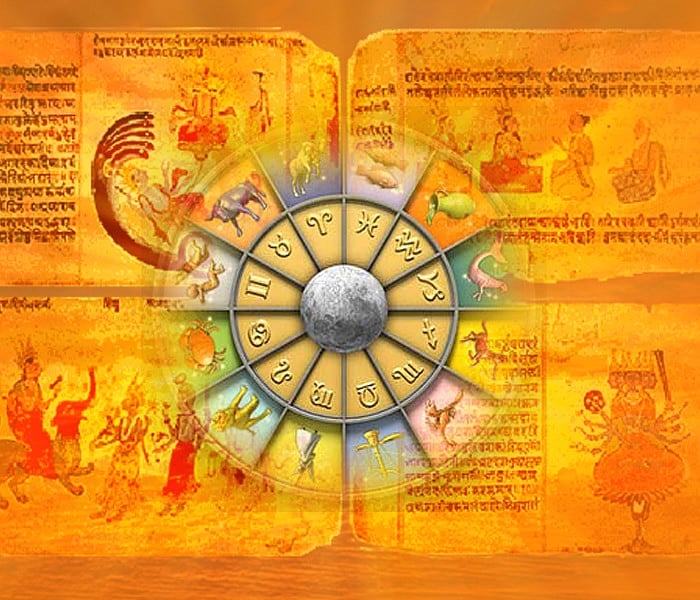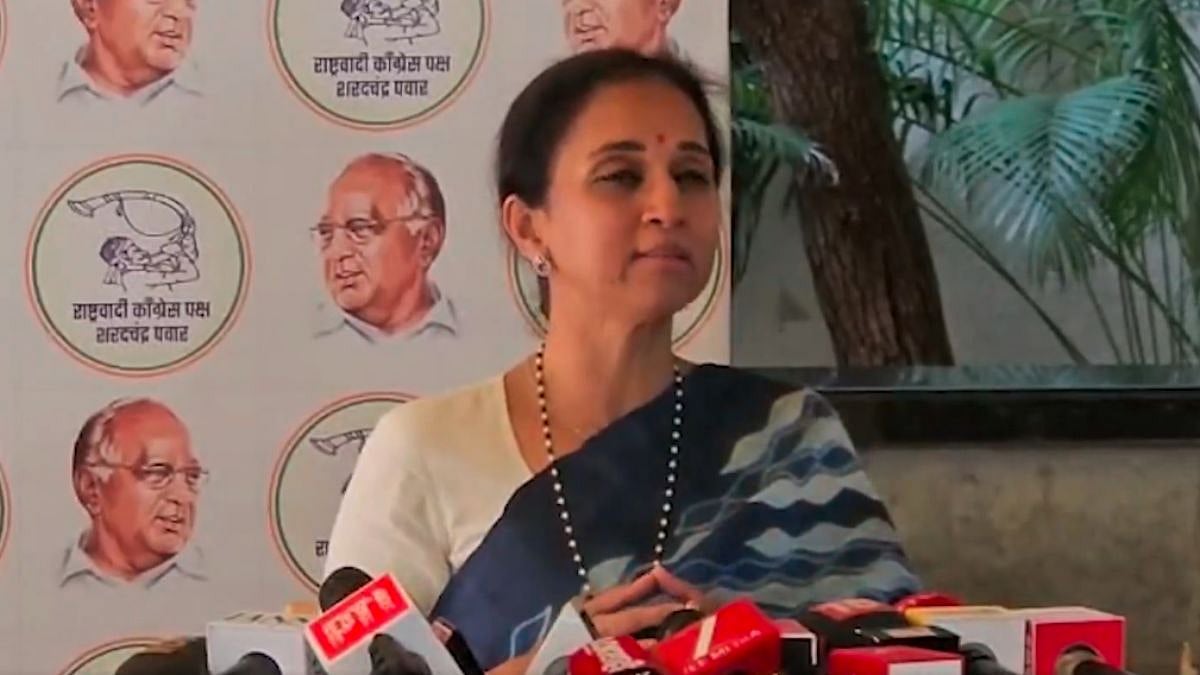G S Khwaja
The figure 13 is not considered lucky. No good work is begun on the 13th day of the month. Even bakers count a dozen of 13 but never give it to customers. The elders would not fix 13th as a date for marriage, as it is not considered auspicious….but the 13th month in the Hindu calendar is unavoidable. This month is added to the calendar every three years, to adjust mismatch. As it is an addition to the customary 12 months, it is called adhik maas. Throughout this month, Hindus are advised to do pious deeds.
The Hindu calendar is based on a set of calculations to arrive at the design of a lunisolar calendar, popular not only in Indian subcontinent but also in south-east Asia, with further regional variations for social and Hindu religious purposes and festivals. There are many calendars in practice. The Shalivahana Shaka era - the epoch of which corresponds to 78th Gregorian year - is found in south Indian epigraphs and coins, Vikram Samvat (Bikrami) is found in the north and central regions of India and Nepal, which commenced in 58th year BCE. The Tamil calendar and the Bengali calendar too are based on the lunar cycle.
They all adopt a similar underlying concept for timekeeping, based on the sidereal year for the solar cycle and the adjustment of lunar cycles in every three years. However, they also differ in their relative emphasis on the moon cycle or the sun cycle and the names of months and the commencement of the year. In contrast, the Malayalam calendar in Kerala emphasises the solar cycle and their new year starts in autumn, having its origin in the second half of the 1st millennium CE.
The conceptual design of the Hindu calendar is different from the Gregorian calendar followed all over the world in general and also in India, and adds few days to adjust the mismatch between the lunar and solar cycles. The Hindu calendar maintains the integrity of the lunar month, by inserting an extra full month, once every 32–33 months, with complex astronomical calculations, to ensure that the crop-related festivals and rituals fall in the appropriate schedule. The Hindu calendar has been in use in the Indian subcontinent since Vedic times, and remains in use by Hindus all over the world, particularly to set Hindu festival dates.
The Buddhist festivals, as per their traditions, continue to be scheduled according to a lunar system. The Buddhist calendar and the traditional lunisolar calendars of Cambodia, Laos, Myanmar, Sri Lanka and Thailand are also based on an older version of the Hindu calendar. Early Buddhist communities of India adopted the ancient Vedic calendar, later the Vikrami calendar and then local Buddhist calendars. Similarly, ancient Jain traditions have followed the same lunisolar system as per the Shaka Hindu calendar for festivals, texts and inscriptions. However, the Buddhist and Jain timekeeping systems have attempted to use the Buddha and the Mahavira's lifetimes as their reference points.
The interesting thing in this regard is that during the medieval period of history in India, a new era was introduced by Muslim rulers, the Hijri calendar. It was practised by Arabs and is again based on the lunar cycle but there is no provision for adjustment of mismatch between lunar and solar cycles. That is why Islamic festivals travel throughout the calendar.
A very interesting thing happened during Emperor Akbar’s time. The ryots complained that if the cess on crop was collected by taking into account the Hijri year, they were taxed with an extra whole year of revenue - 'In a span of 35 years, we will pay lagaan of 36 years' - Akbar was convinced with the argument that going by the Hijri calendar, there would be a difference of one year every 36 years, between the lunar and solar cycles. So he ordered the formulation of a 'Fasli' year (fasl is crop) in 1563 CE. It was a solarised version of the lunar calendar (See Ain-e-Akbari, Vol. I, p.193-94).
The calculation
The famous epigraphist, D C Sircar, has written: “…duration of the lunar month is 29 days, 31 ghatikas, 50 palas and 7 vipalas, the lunar year is shorter than the solar year by 10 days, 53 ghatikas, 30 palas, and 6 vipalas. Thus, in a century of solar years, we have 103 lunar years, 24 days and 9 ghatikas. The lunar year may happen to begin from any date in any month of the solar year without any link with the season.”
The 12 lunar months of the Hindu calendar are equal to approximately 354 days, while the length of a solar year is about 365 days. This creates a difference of about eleven days, which is offset every (29.53/10.63) = 2.71 years, or approximately every 32.5 months. The adhik maas is an extra month inserted to keep the lunar and solar calendars aligned. The 12 months are subdivided into six lunar seasons timed with the agriculture cycles, the blooming of flowers, the fall of leaves and the weather time table.
The correction
There is an astronomical basis for the correction of the mismatch in the lunar months and solar cycle in the Hindu calendar. It is done by adding a 13th month when the Sun moves entirely within Simha Rashi, thus rendering it an adhik maas.
An interesting phenomenon in the solar system of our galaxy was observed by the astronomers in ancient times. The moon takes about 27.3 days to complete one revolution around the earth. The earth completes an orbit around the sun once every 365.2422 days. The earth and the moon in 27.3 days have moved as a system about 1/12th of the way around the sun. This obviously means that from one full moon to the other full moon, it must travel 2.2 extra days before it appears again on a purnima night, due to the curve of the earth’s orbit around the sun. Ultimately, this creates a variance of 10.87 days between a lunar and a solar year.
Acharya Rajesh Kumar, a well-known astrologer from Varanasi says “…this year i.e. 2020 the adhik maas is from September 18 to October 16. It is also called Purushottam maas, named after Vishnu. It happens every 32 months, 16 days and 8 ghati.”
Just as there are lunar years with an extra month after every three years, making it a 13-month year, surprisingly there are also lunar years with only 11 months in a year. But this happens very rarely. It occurs, of course, to adjust the mismatch of the cycles, once in 190 years.
This year, Navratri, Dussehra and other important Hindu festivals are late by about 30 days because of this extra month but after the 13-month year passes, festivals will again appear on the same dates, as they had three years ago.
The writer is former director, Archaeological Survey of India, Nagpur.









